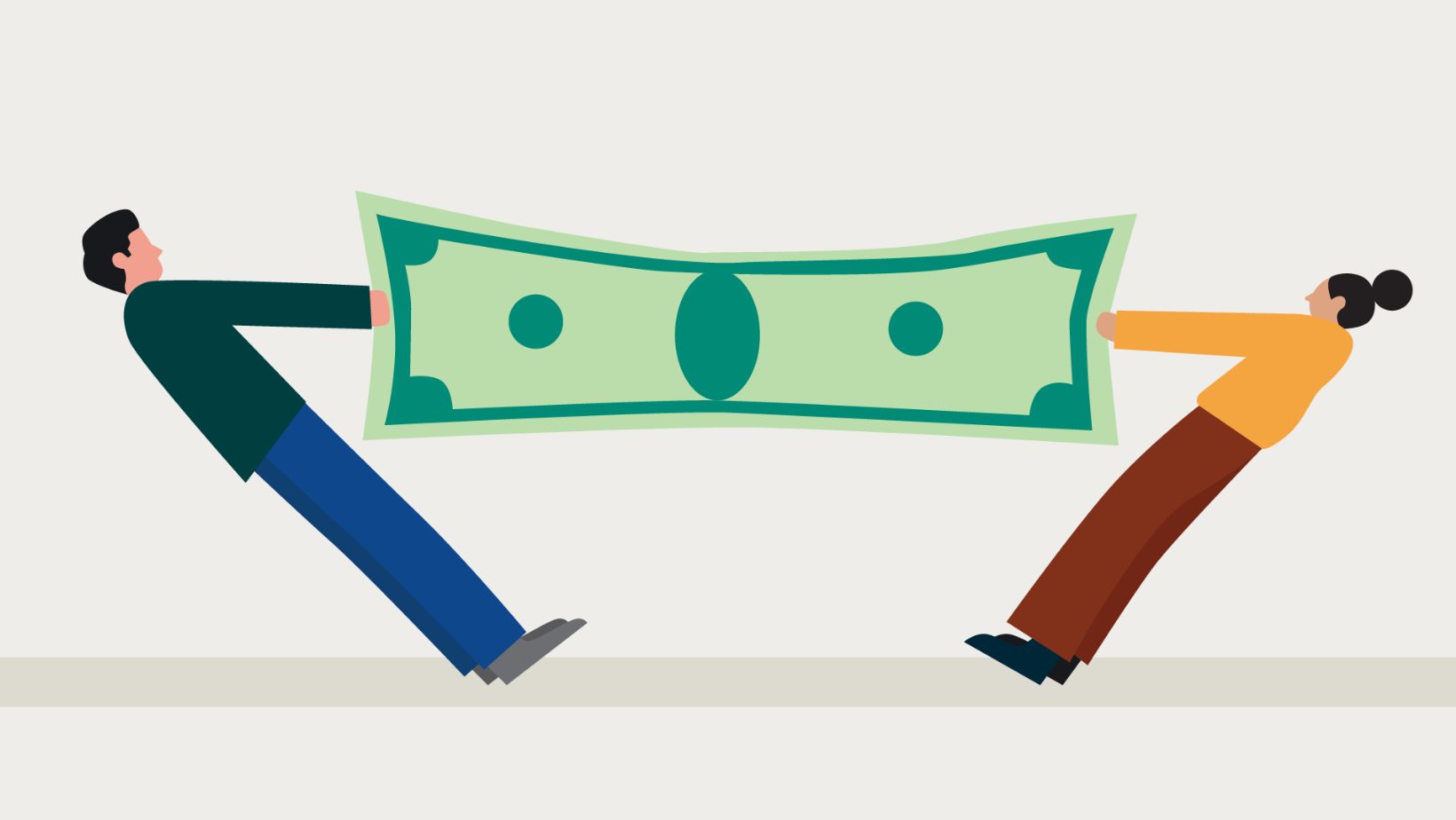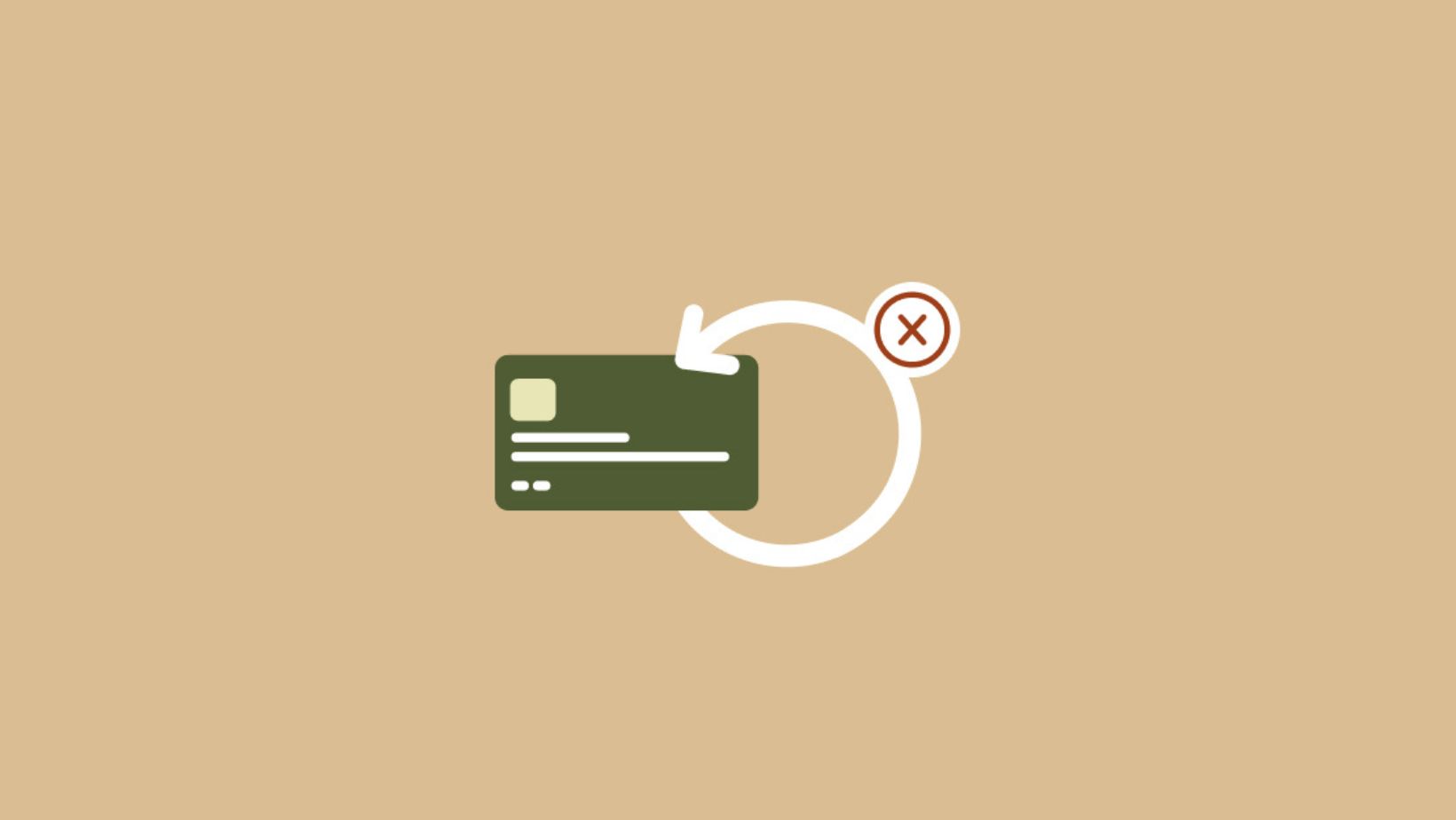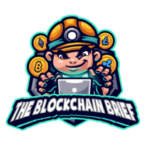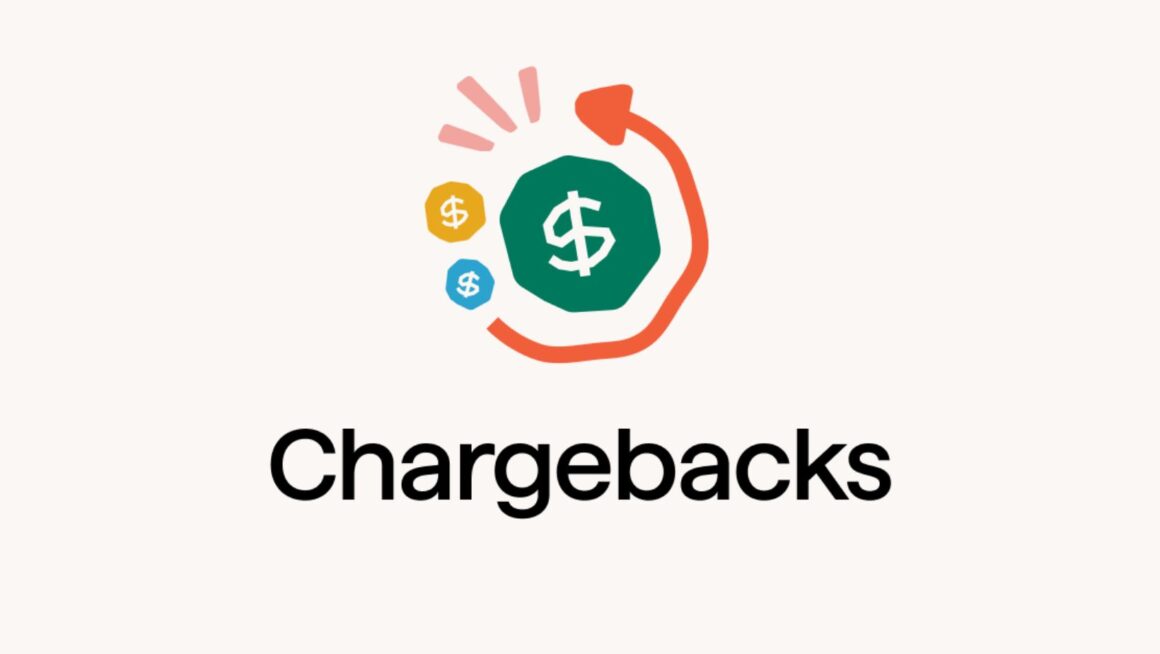With the onset of the digital period, many clients are engaged in online transactions. People love to buy stuff while sitting in the comfort of their homes. However, these conveniences, like defective products, unauthorized transactions against charged cards, or even fraudulent business cases, may be problematic. In such scenarios, knowing consumer rights is very important. In such cases, two major alternatives present before the consumers are chargebacks and refunds. This article explains these concepts and how to exercise those rights effectively to protect your interests.
What Are Chargebacks?
A chargeback refers to reversing a credit card transaction initiated by the client’s bank, usually after the consumer has disputed an expense. Chargebacks are routed through the bank and not directly through the merchant; they are aimed at defending clients against fraudulent actions, defective goods, or services not rendered. Chargeback is the process that serves as protection for the client by supplying them with a means to regain their money when a merchant turns out to be uncooperative or just plain absent.
When to Request a Chargeback
There may be a few scenarios where consumers want to file a chargeback. These include the following:
- Fraudulent Transactions: If you have some expenses on your account that you did not authorize, then you can file for a chargeback and try to get your money back.
- Goods Not Received: If you have paid for goods or services that were not delivered, a chargeback permits you to return the payment.
- Defective or Misrepresented Products: When one receives a different product than described or a faulty product, and the seller refuses to refund the amount, a chargeback may be in order.
- Billing Errors: Double charging and other such mistakes are also recoverable via chargebacks.

Working with experts, like the legal company Radly Group chargeback related issues, will no doubt make things easier and provide much better chances of success, especially where large amounts are involved or where the transactions were international.
The Chargeback Process
The chargeback process usually proceeds in the following manner:
- Initiate the Dispute: The client contacts his/her bank to raise a request for a chargeback, detailing the transaction information and the reason for the dispute.
- Investigation: Most of the banks investigate the claim, almost in all cases, requiring the consumer to put it in writing with supporting documentation.
- Temporary Credit: The consumer may be credited temporarily while the bank decides on the legitimacy of the case. This credit could be reversed if the bank finds the chargeback to be illegitimate.
- Merchant Response: The chargeback is forwarded to the seller, who is informed of the chargeback and given a possibility to dispute the demand.
- Resolution: If the bank rules in favor of the client, then the chargeback is complete and the funds are credited finally to the client’s count.
Understanding Refunds
A refund is the act of returning money to the client, usually instigated directly by the seller. Refunds are less complicated than chargebacks in that they don’t involve third-party intervention, like the consumer’s bank. They normally occur after a consumer returns a product or cancels a service within a certain time frame, outlined by the merchant’s return policy.
When to Request a Refund
Refunds are appropriate when:
- Product Returns: If one changes his mind or the purchase does not meet expectations, one can get a refund following the merchant’s return policy.
- Service Cancellations: To this effect, people can often get a refund if they cancel the service prior to it being provided.
- Defective Products: A defective product or one that does not turn out to function for which it is purchased can be returned for a refund claim directly to the merchant.
The Refund Process
Compared with a chargeback, few steps are involved in processing a refund. These may include the following steps:
- Contact the Merchant: The consumer contacts the merchant requesting a refund, stating reasons.
- Return of Goods: The consumer may need to return the product to the merchant.
- Processing: The merchant processes the refund, and the funds are returned to the consumer’s original method of payment.
- Time Frame: The refunds will process in a number of days, depending on the merchant’s policies and the type of payment used.
Chargebacks vs. Refunds: Which Should You Choose?
Weigh your situation against the relationship with the retailer. Most of the time, you would want to go ahead and request a refund first as that is less formal and usually faster. If the vendor does not agree or has the inability to respond to a legitimate request, chargeback may be the only avenue left.
Chargebacks:
Protects from scam artists and unwilling merchants
Reverses unauthorized or incorrect charges.
Offers consumer protection in disputes.
Refunds:
Simpler and quicker than chargebacks.
Maintains a positive relationship with the merchant.
No involvement of third parties.
Legal Assistance in Chargeback and Refund Disputes
Whereas chargeback and most refund requests are pretty straightforward, there are cases that require legal intervention, particularly those involving big amounts of money or merchants who are based abroad. Legal groups like Radly Group can help consumers go through the intricacies of such processes, ensuring that their rights are protected and that they receive compensation entitled to them.
Conclusion
Understanding your rights as a consumer in today’s marketplace is very important, especially with the rise of online transactions. Whether seeking a refund or chargeback, knowing the right way to go about it will keep you from wasting your time, money, and energy. Be informed, act on it, and see that your consumer rights are safe from scams and unfair practices.
Our Founder and Chief Enthusiast: With a background that’s a wild mix of tech enthusiasm, finance, and a short stint believing blockchain was a new martial arts technique, Matej is the heart and soul of TheBlockchainBrief.com. He’s got more passion for cryptocurrency than most people have for coffee, and that’s saying something.

